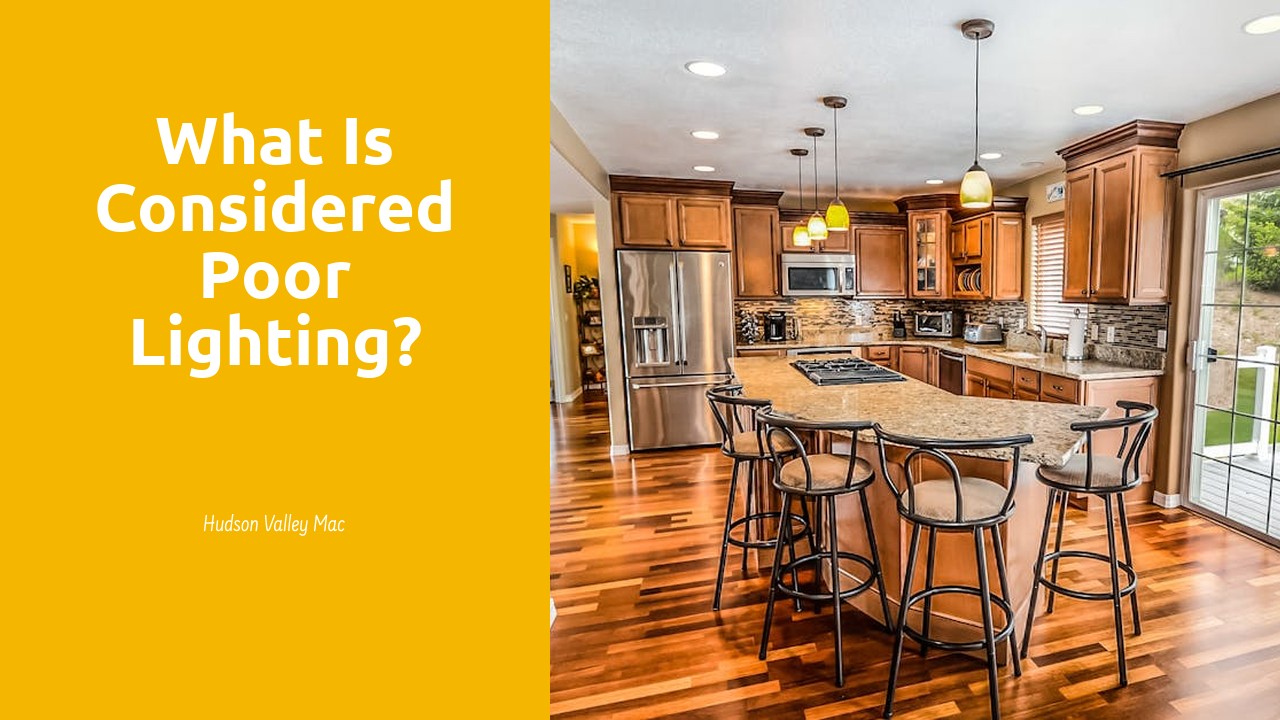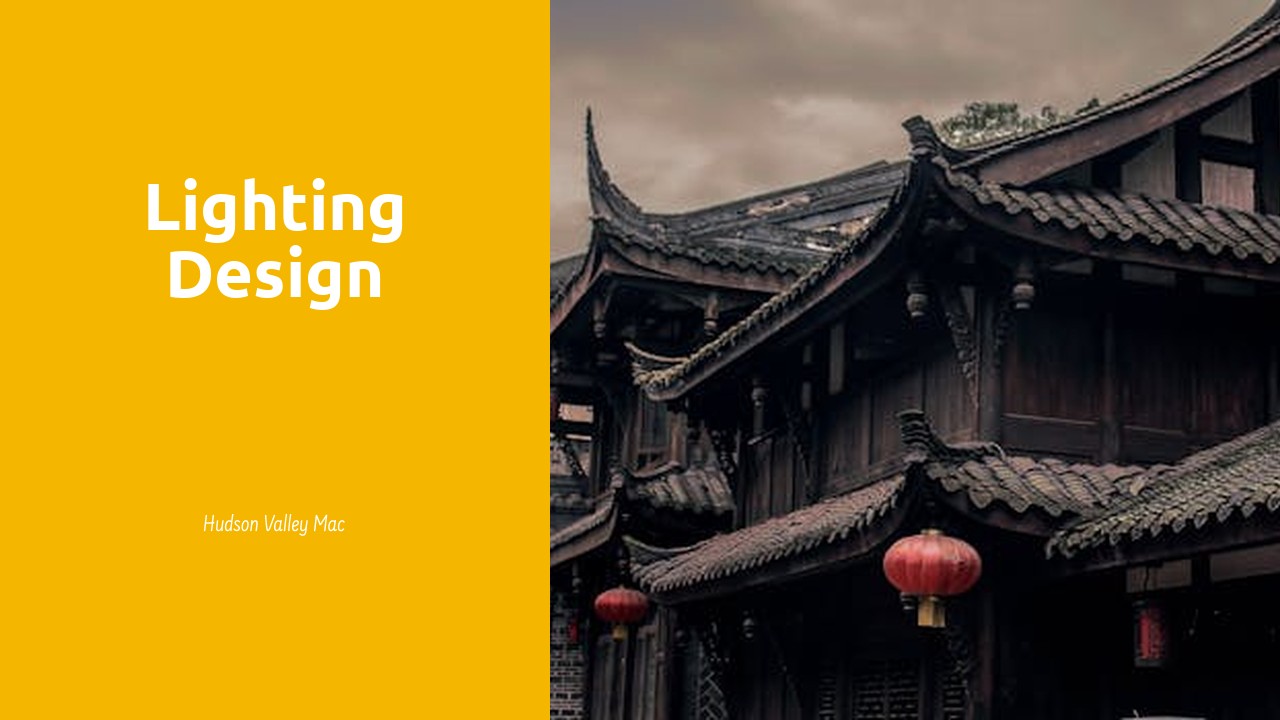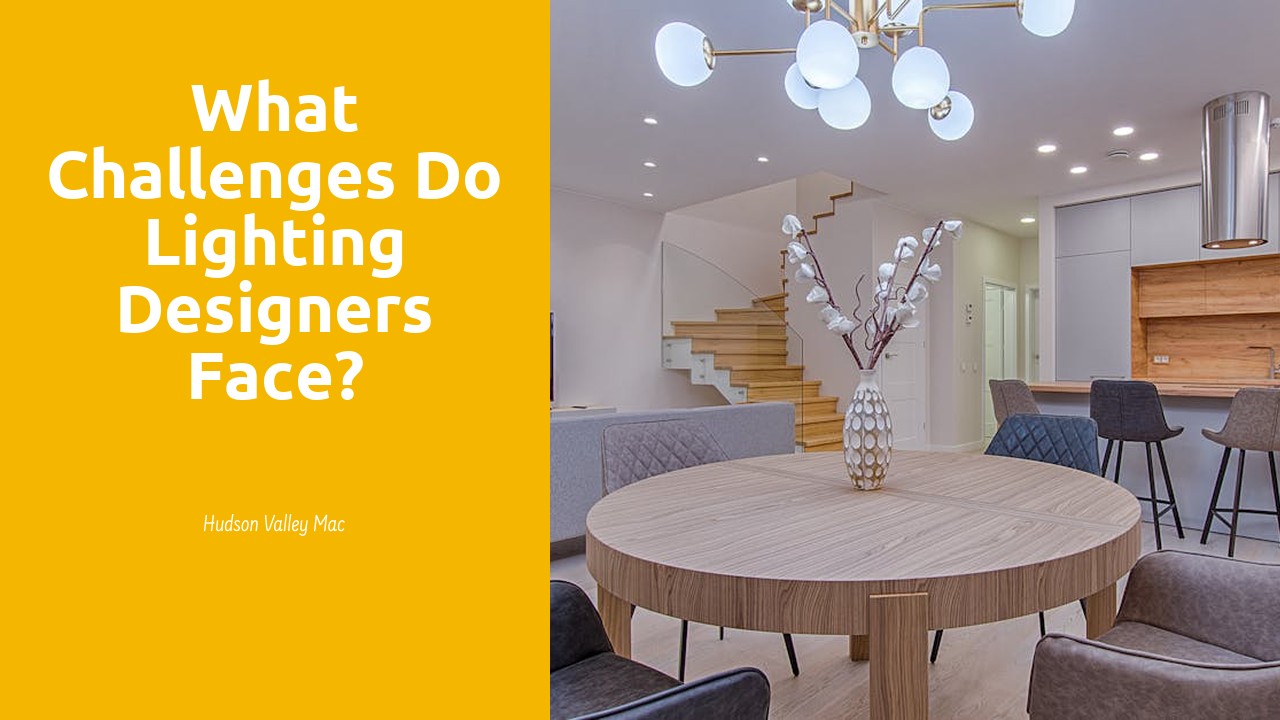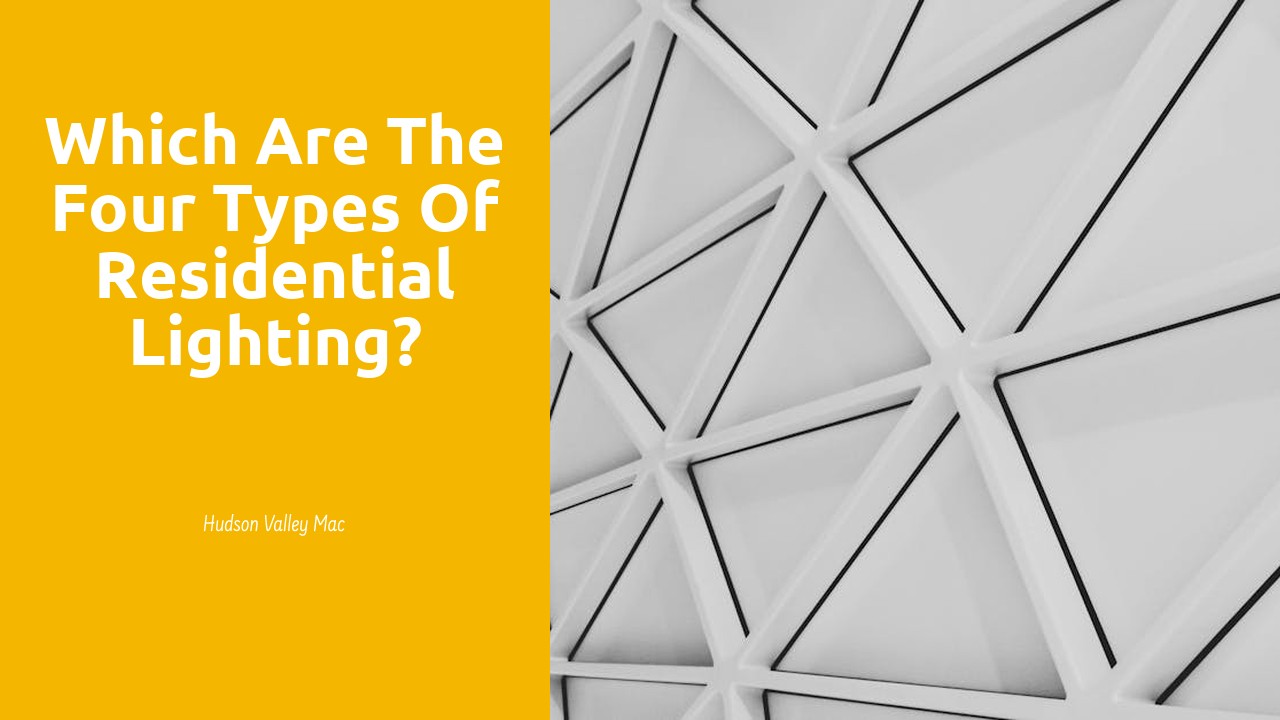
Table Of Contents
Types of Artificial Lighting
Artificial lighting encompasses a variety of sources employed in indoor spaces to illuminate different environments. One common type is fluorescent bulbs, which provide a bright, cool light suitable for offices and commercial spaces. These bulbs are energy-efficient and cost-effective, making them a popular choice in many settings. Lighting Design in Peterborough often integrates fluorescent bulbs to create a well-lit and inviting atmosphere for residents and visitors alike.
Another prevalent form of artificial lighting is LED lights, known for their longevity and energy efficiency. LED lights are increasingly utilized in homes, retail spaces, and outdoor lighting due to their versatility and ability to produce soft or bright illumination. Lighting Design in Peterborough often incorporates LED lights to enhance the aesthetics of residential and commercial properties, while also prioritizing energy conservation and sustainability.
Fluorescent Bulbs
Fluorescent bulbs are a common choice for many indoor lighting applications due to their energy efficiency and longevity. However, it is crucial to consider the quality of light emitted by these bulbs to ensure they do not contribute to poor lighting conditions. In Lighting Design in Peterborough, professionals often recommend choosing fluorescent bulbs with a high colour rendering index (CRI) to ensure that the light they produce accurately represents the true colours of objects in a space.
Furthermore, it is essential to select fluorescent bulbs that emit a colour temperature suitable for the specific area they will illuminate. Different colour temperatures can create varying ambiances, so choosing the right one is essential for achieving the desired lighting atmosphere. When designing lighting schemes in spaces such as offices or retail stores in Peterborough, selecting fluorescent bulbs with the appropriate colour temperature can significantly impact the overall look and feel of the environment.
Impact of Natural Lighting
Natural lighting plays a crucial role in our daily lives, influencing our mood, productivity, and overall well-being. In Peterborough, where the changing seasons bring about varying amounts of natural light, understanding the impact of natural lighting is key to creating a harmonious environment. Lighting design in Peterborough takes into consideration the importance of natural light in regulating our circadian rhythms, which dictate our sleep and wake cycles.
The quality and quantity of natural light can have a profound effect on our health. Exposure to natural light helps regulate our body's production of hormones, such as serotonin and melatonin, which are essential for maintaining a healthy sleep-wake cycle. In Peterborough, where long winter nights and short summer days are common, harnessing natural light through thoughtful lighting design becomes paramount to creating spaces that support well-being and productivity.
Circadian Rhythm Regulation
Many factors can influence the regulation of our circadian rhythm, including exposure to natural and artificial lighting. Lighting plays a crucial role in maintaining a healthy sleep-wake cycle, which can impact overall well-being and productivity. In Peterborough, the city often prioritizes efficient Lighting Design to ensure that residents have access to appropriate lighting that supports their circadian rhythms.
Natural lighting, particularly exposure to daylight, helps regulate our internal body clock as it signals the brain when it's time to be awake and when it's time to wind down for sleep. On the other hand, artificial lighting, especially blue light emitted from electronic devices and certain light bulbs, can disrupt our circadian rhythm by tricking the brain into staying awake longer than it should. In Peterborough, the careful consideration of the type and intensity of artificial lighting used in homes, offices, and public spaces can greatly contribute to maintaining a healthy circadian rhythm among the city's inhabitants.
Signs of Inadequate Lighting
Signs of inadequate lighting can greatly impact the functionality and aesthetics of a space. Glare and shadows are common indicators of poor lighting design, creating harsh contrasts that can strain the eyes and make it difficult to see clearly. In locations like Peterborough, where natural sunlight may be limited during certain seasons, it is crucial to examine the type and positioning of artificial lighting to ensure optimal illumination throughout the day. Improperly positioned light sources can result in uneven lighting, causing some areas to be overly bright while leaving others in the shadows. This not only affects the visual appeal of a space but also hinders productivity and comfort for individuals utilizing the area.
Moreover, the quality of lighting can greatly impact one's overall well-being. In Peterborough, a city known for its rich cultural heritage and vibrant community, proper lighting design is essential for maintaining a welcoming and inviting atmosphere. Insufficient lighting can lead to feelings of gloominess and lethargy, influencing the mood and energy levels of individuals within a space. By considering factors such as colour temperature, brightness levels, and the distribution of light sources, designers can create environments in Peterborough that are not only visually appealing but also conducive to the well-being and productivity of its inhabitants.
Glare and Shadows
Glare can be a significant issue in spaces with poor lighting design in Peterborough. It occurs when there is excessive brightness or contrast in the visual field, leading to discomfort or impaired vision. Glare can be categorized into two types: discomfort glare, which is a subjective feeling of discomfort due to excessive brightness, and disability glare, which actually impairs visibility and makes it difficult to see clearly. Both types of glare can cause eye strain, headaches, and even accidents due to reduced visibility. It is crucial to address glare by using appropriate fixtures and light sources in order to create a comfortable and safe environment.
Shadows can also play a role in inadequate lighting conditions in Peterborough. Shadows are formed when an object obstructs light, creating areas of darkness in a space. Inappropriate placement of light sources can lead to uneven lighting and prominent shadows, which can be not only aesthetically unpleasing but also impede visibility and make tasks more challenging. Shadows can cause eyestrain and make it difficult to perceive depth and contrast in a space. Proper lighting design is essential to minimize shadows and ensure that all areas are adequately illuminated for both functionality and visual comfort.
FAQS
What are the signs of poor lighting?
Signs of poor lighting include dim or flickering lights, glare, shadows, and difficulty seeing clearly.
How does poor lighting impact our health?
Poor lighting can cause eye strain, headaches, and fatigue. It can also disrupt our circadian rhythm, leading to sleep disturbances.
How can I improve lighting in my workspace?
You can improve lighting in your workspace by using task lighting, adjusting the positioning of lights to reduce glare, and incorporating natural light sources where possible.
Are fluorescent bulbs considered poor lighting?
Fluorescent bulbs can be considered poor lighting if they emit harsh, flickering light. It is important to choose bulbs that provide consistent, natural-looking light to avoid eye strain.
Can poor lighting affect productivity?
Yes, poor lighting can affect productivity by causing discomfort, reducing visibility, and impacting mood. It is important to have adequate lighting in workspaces to support focus and efficiency.






